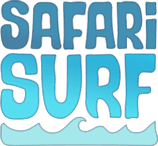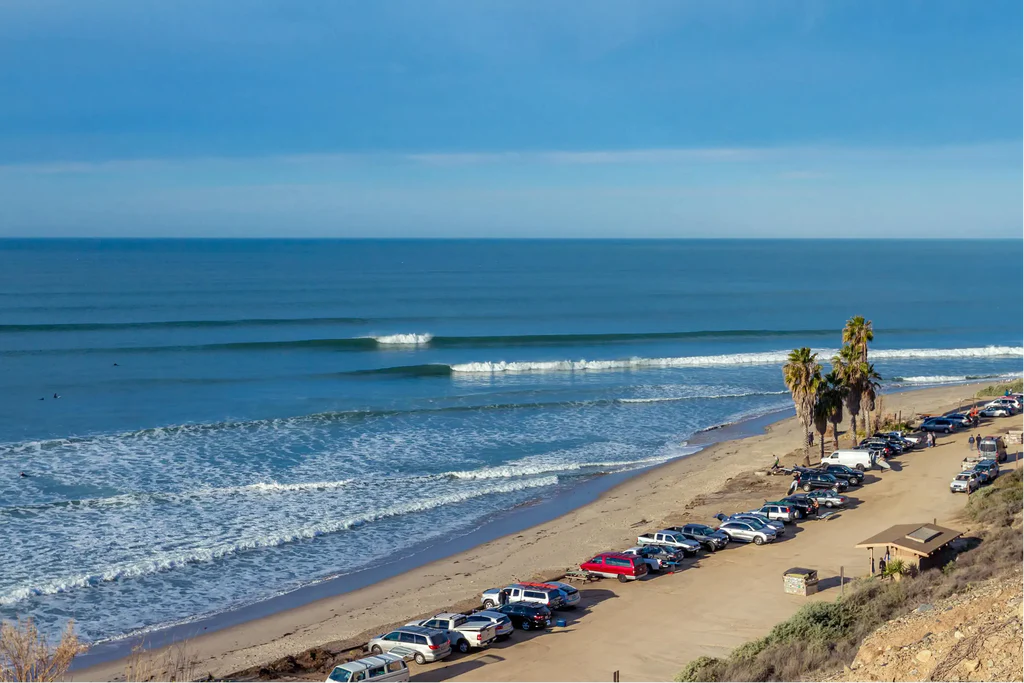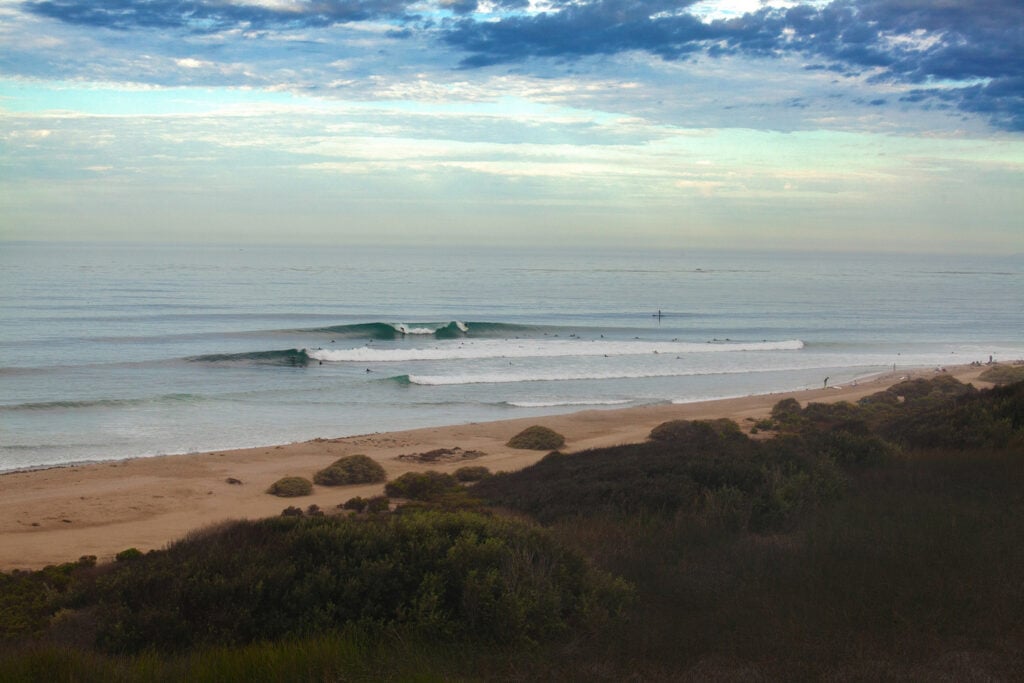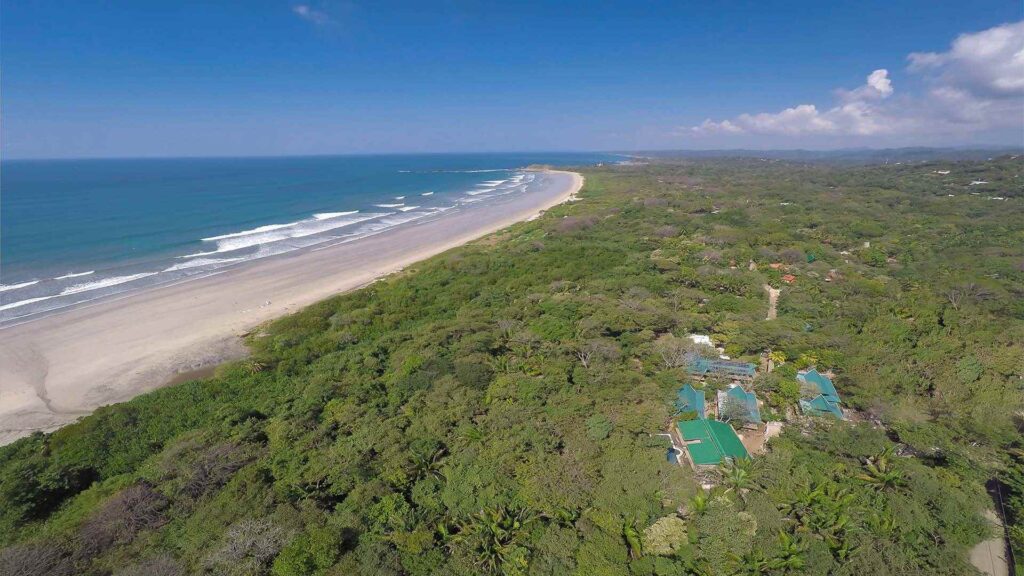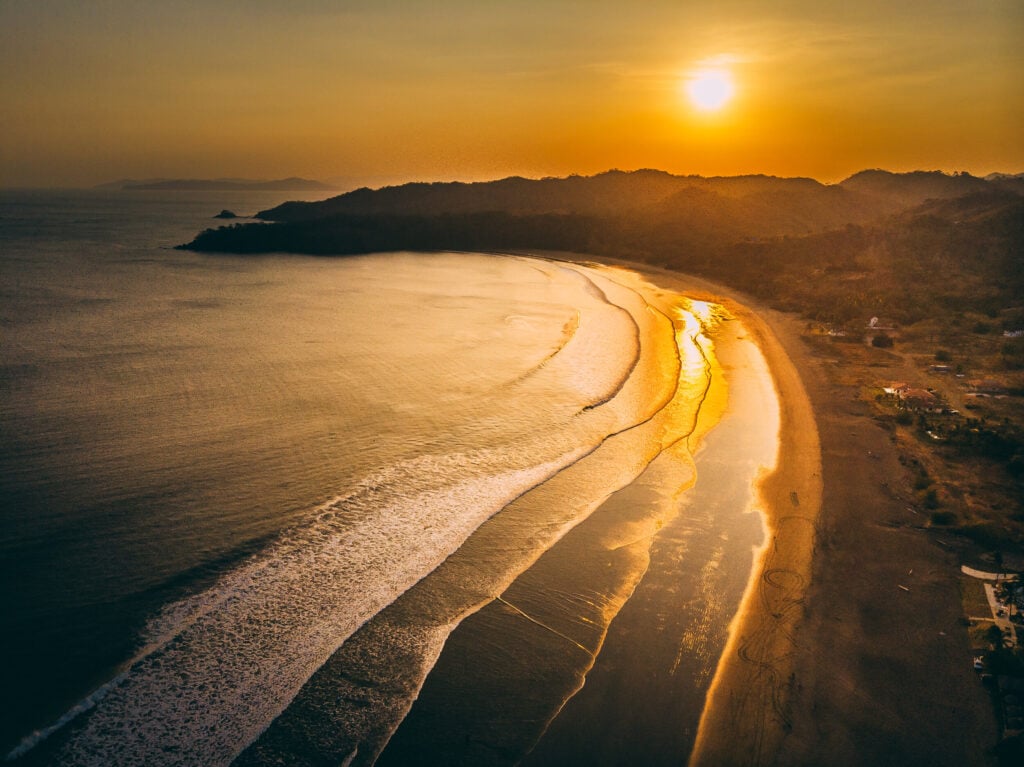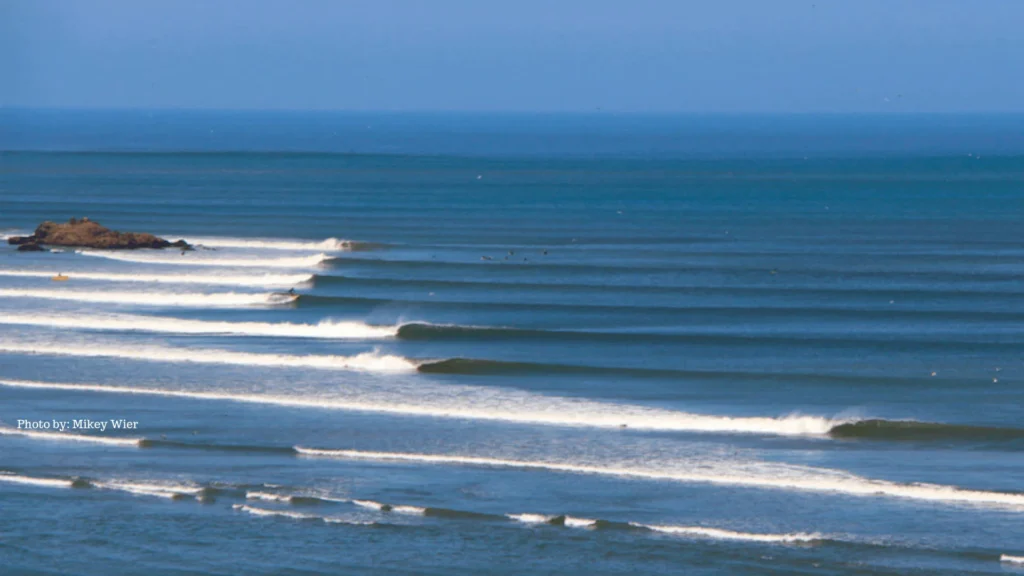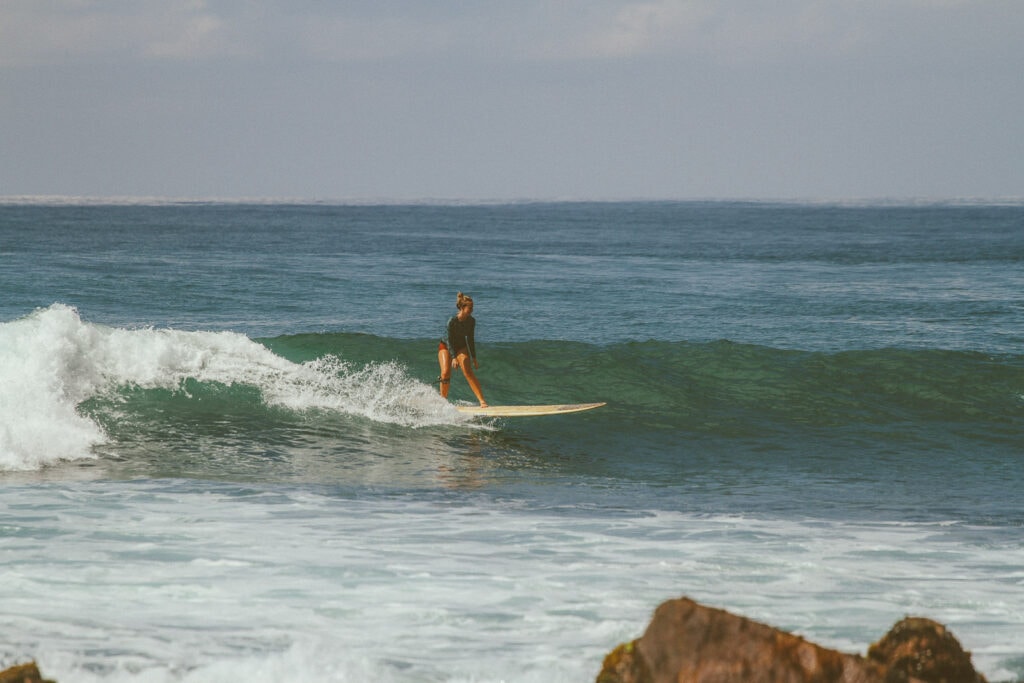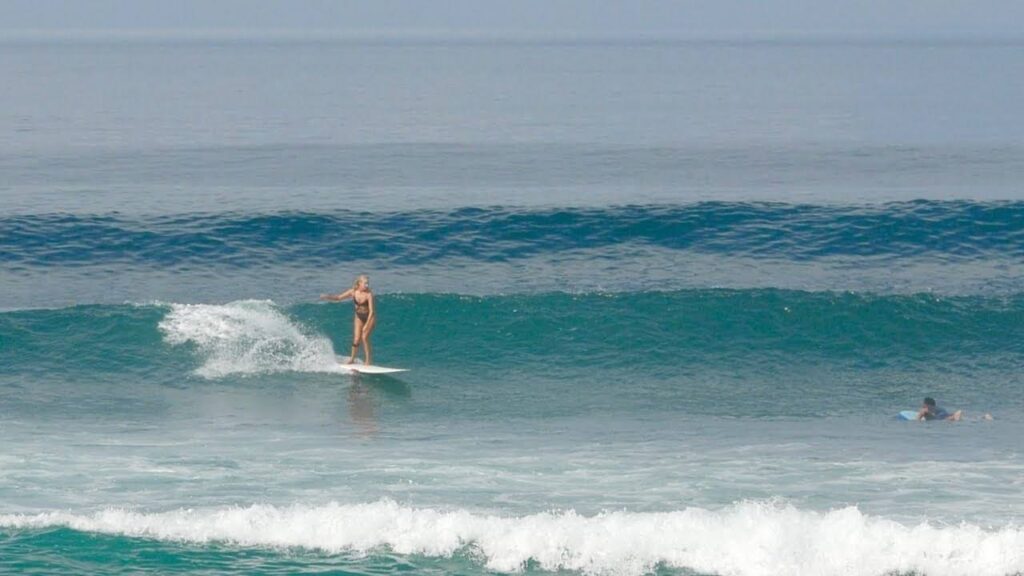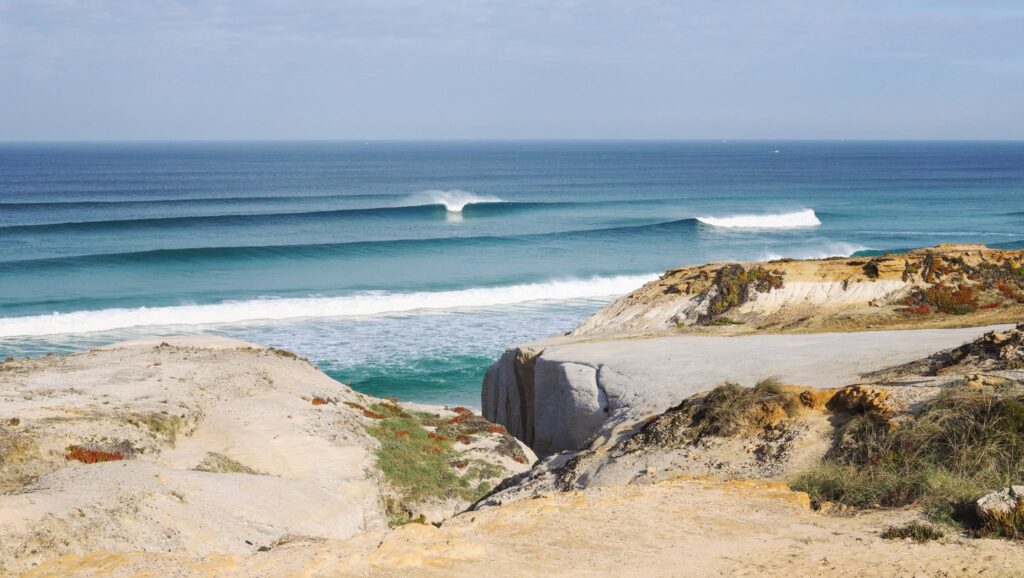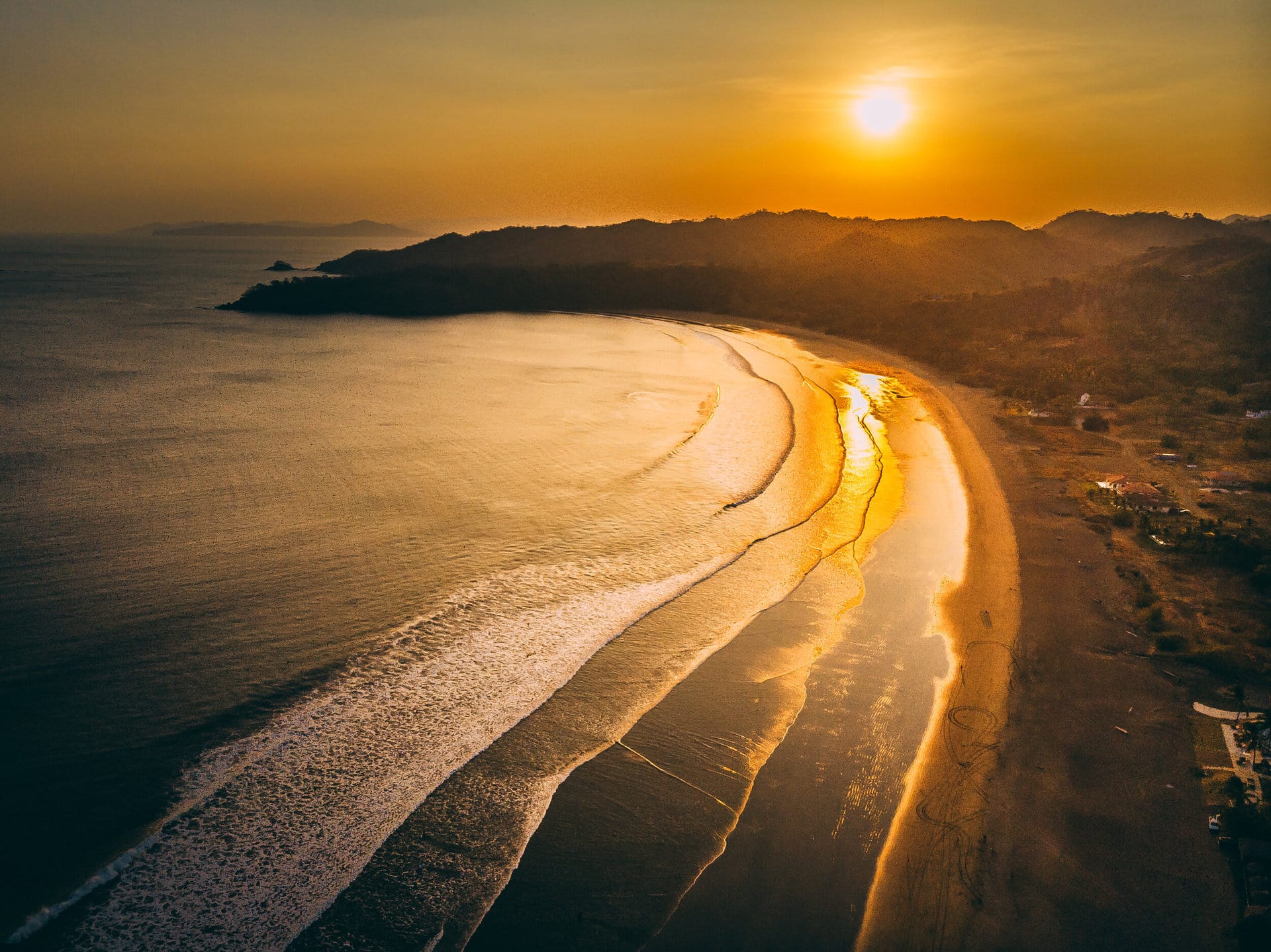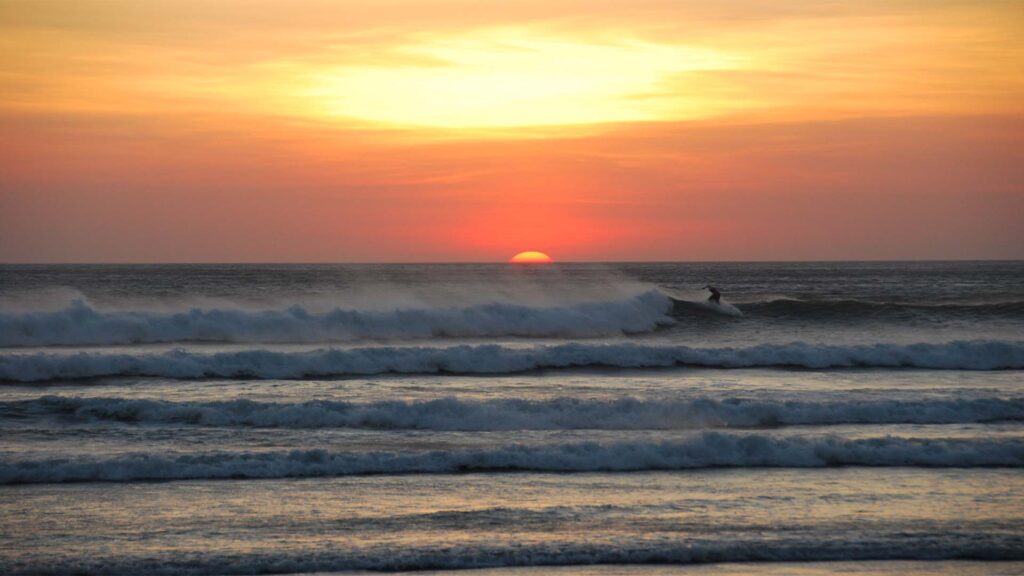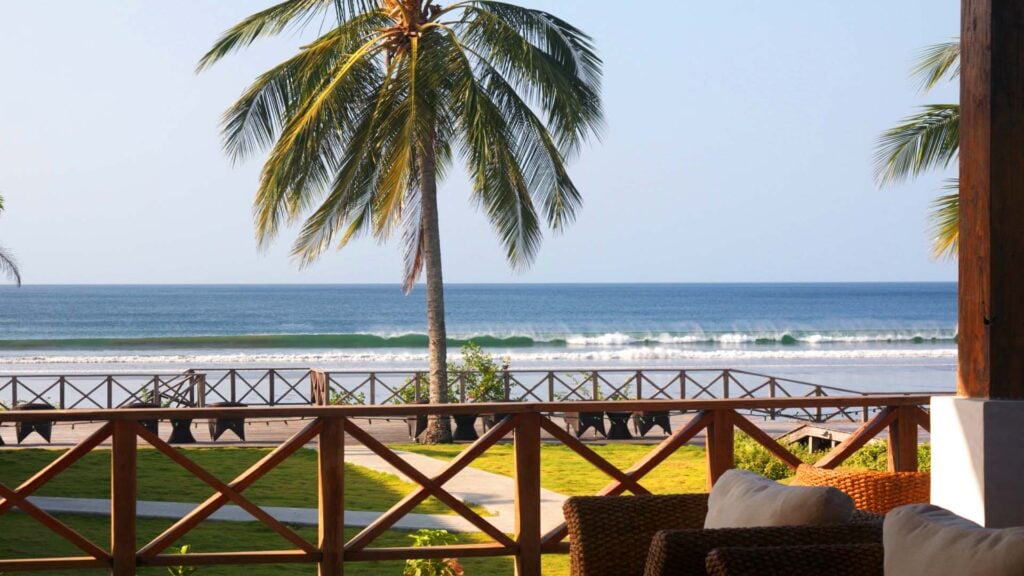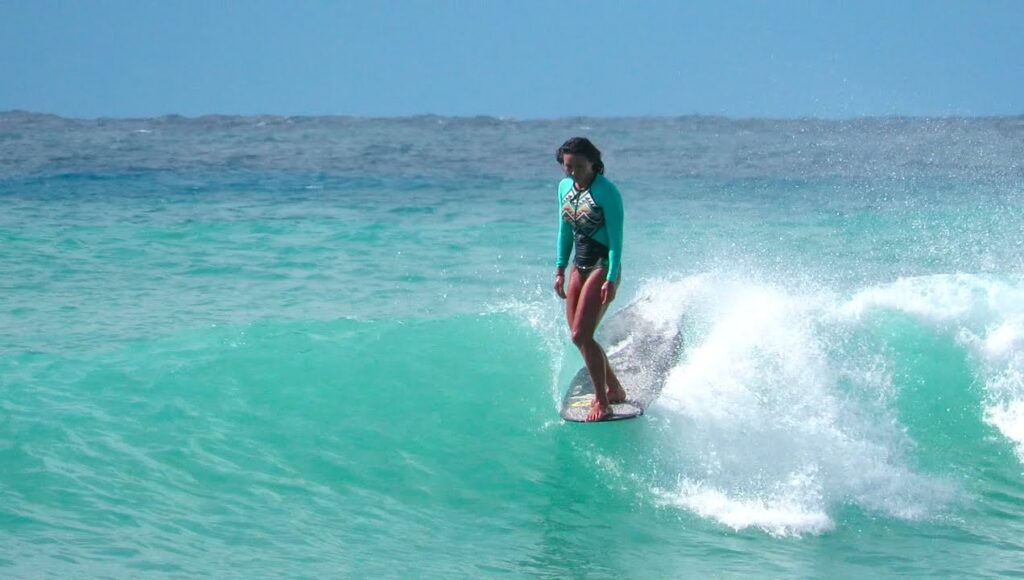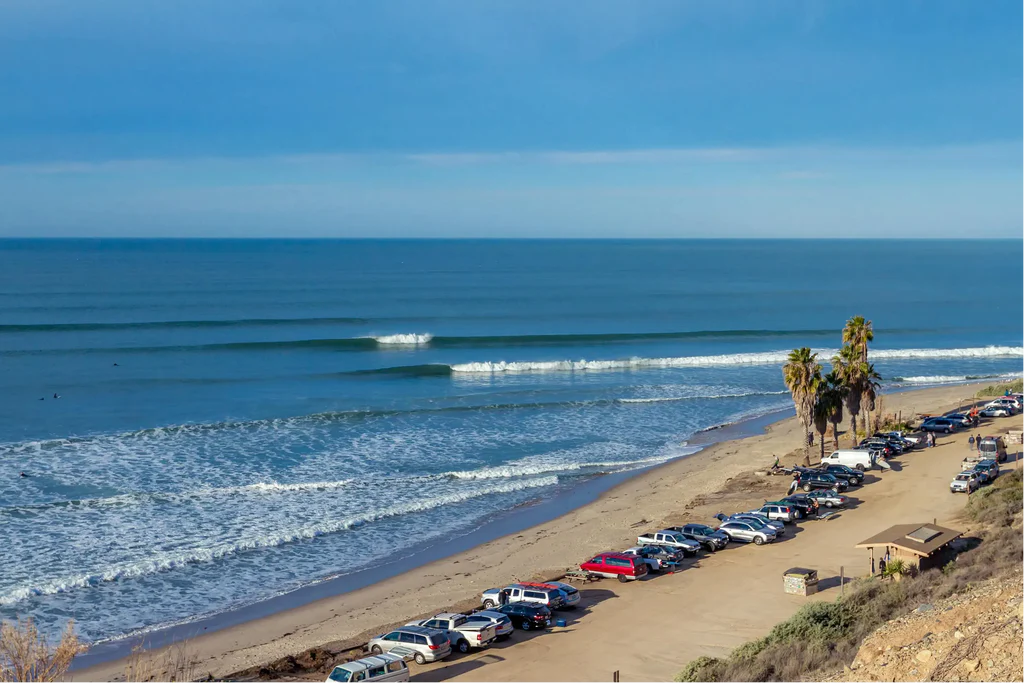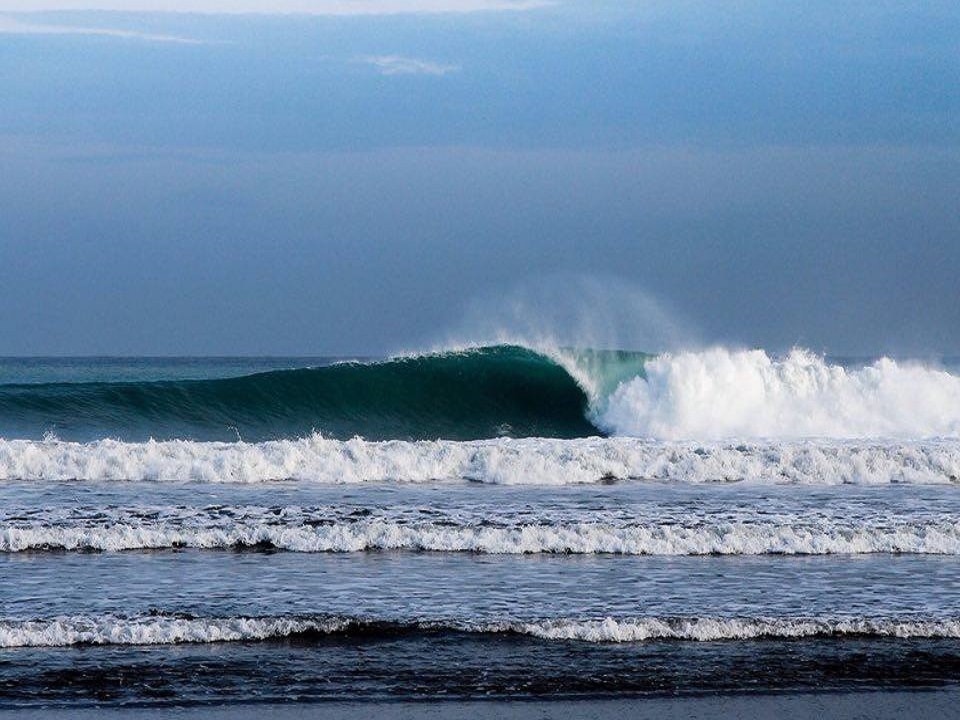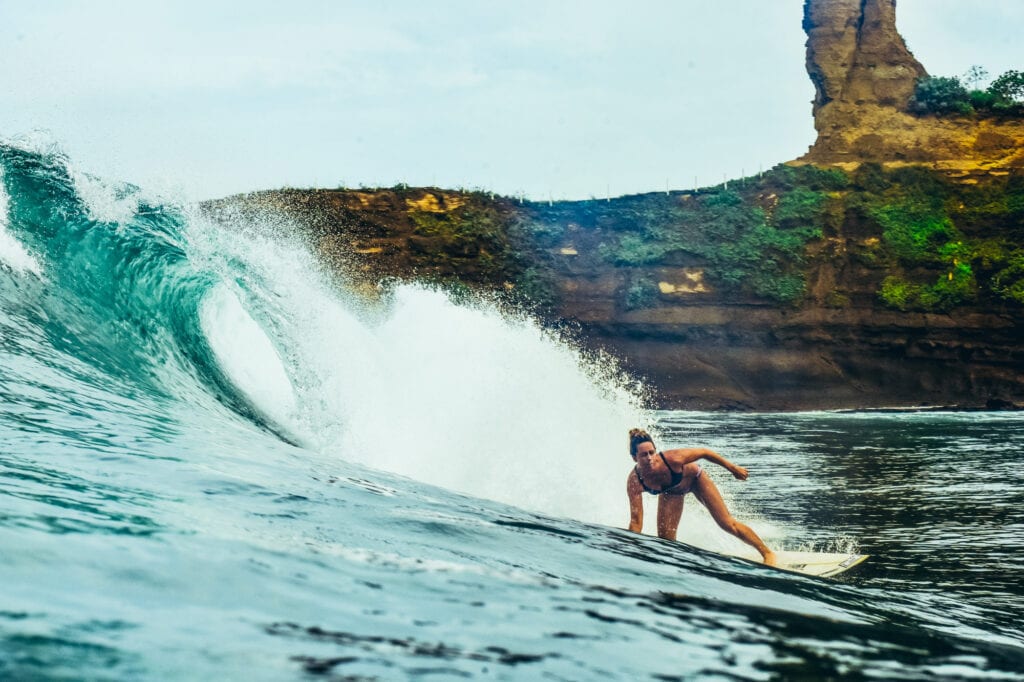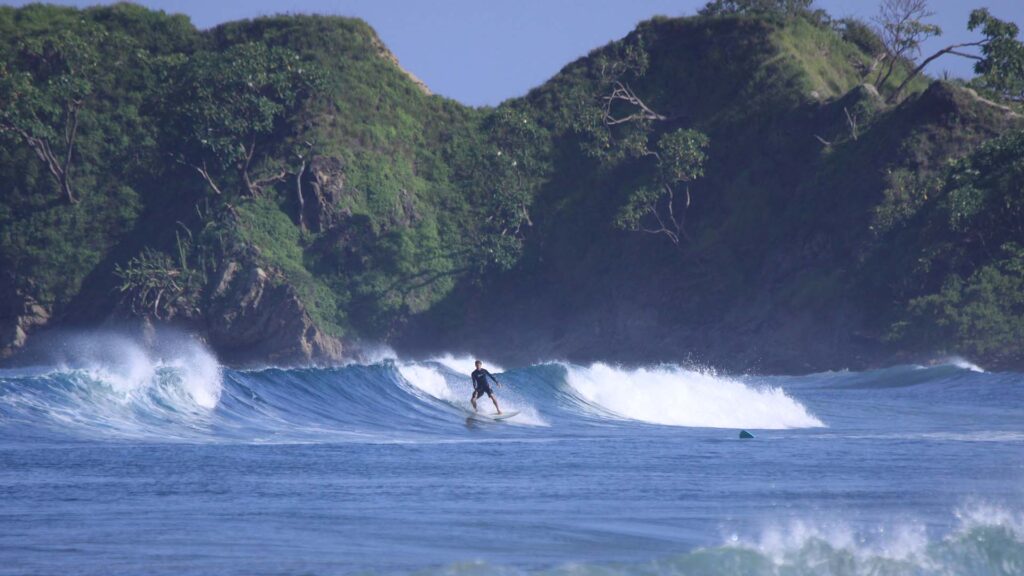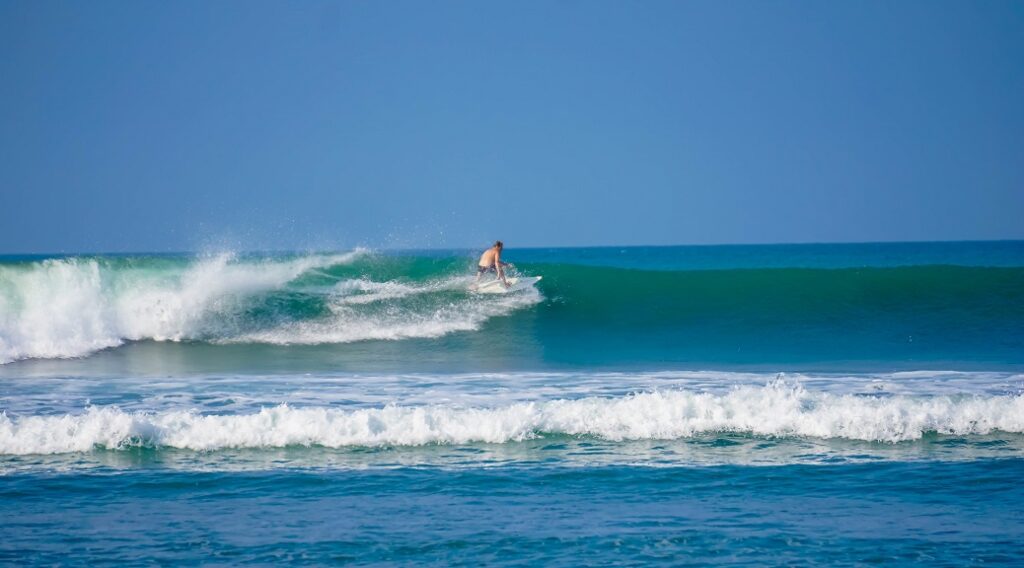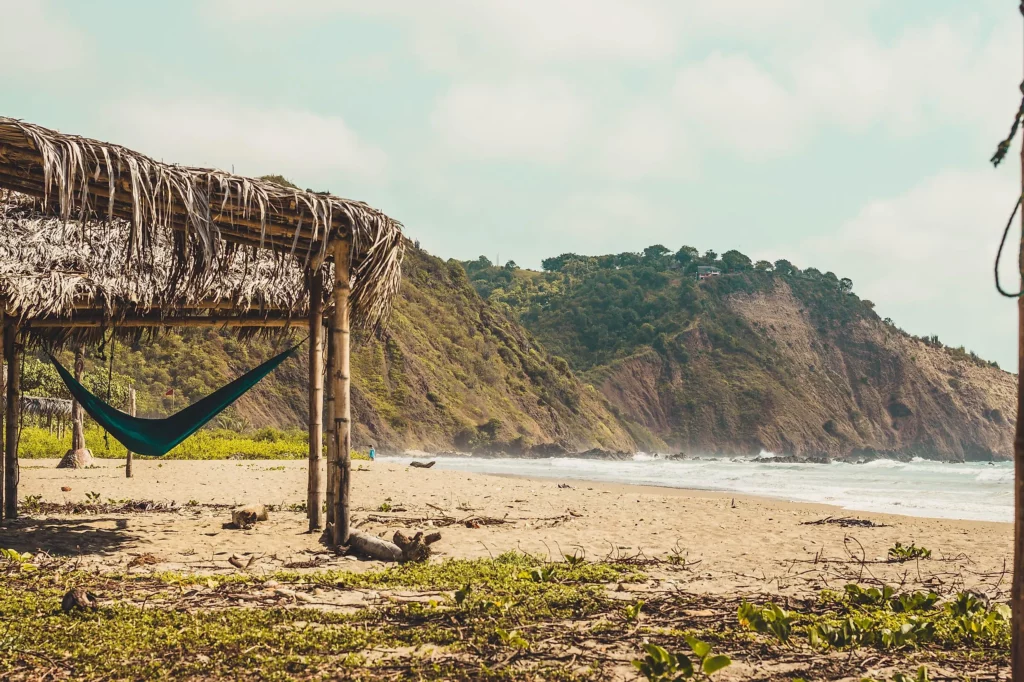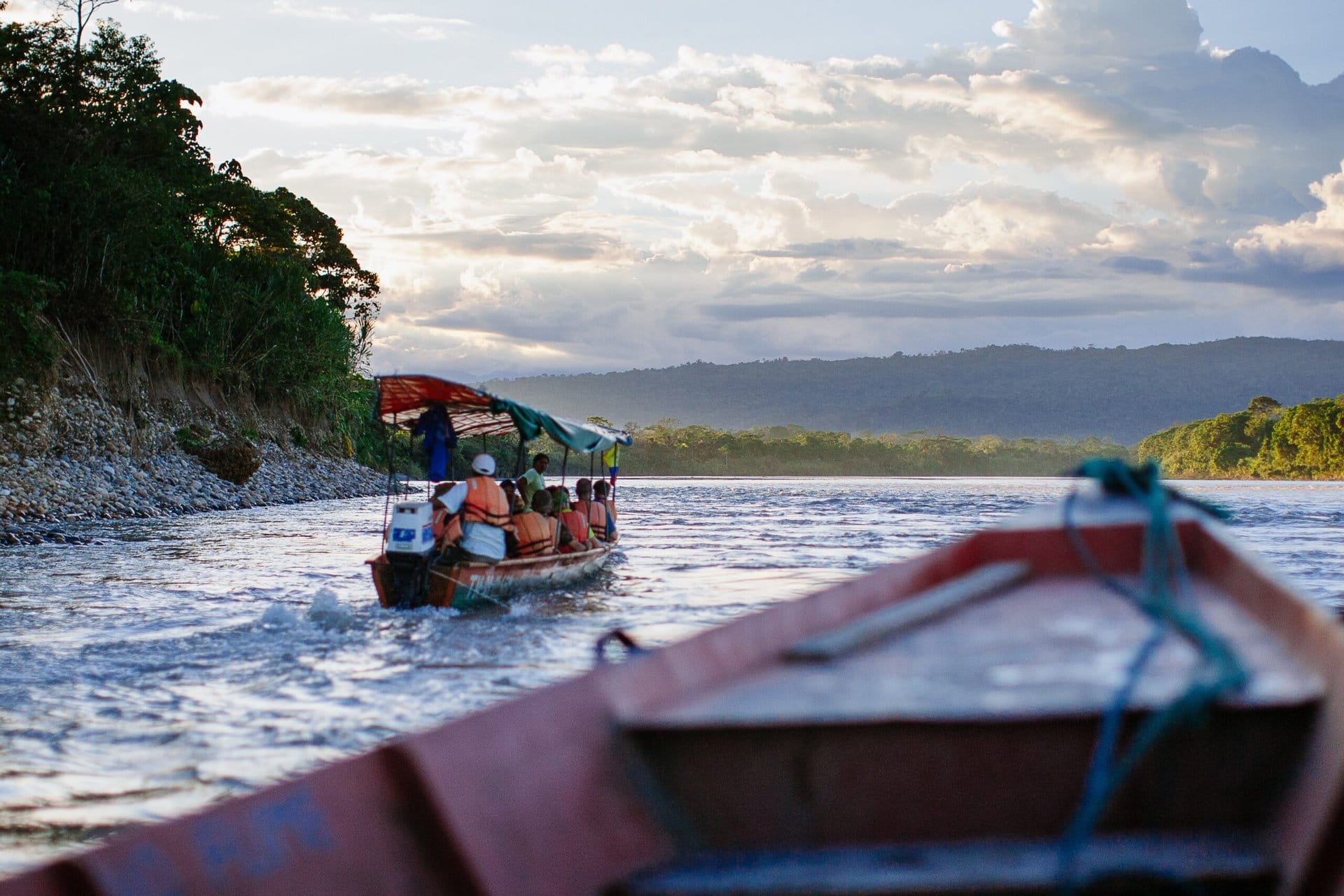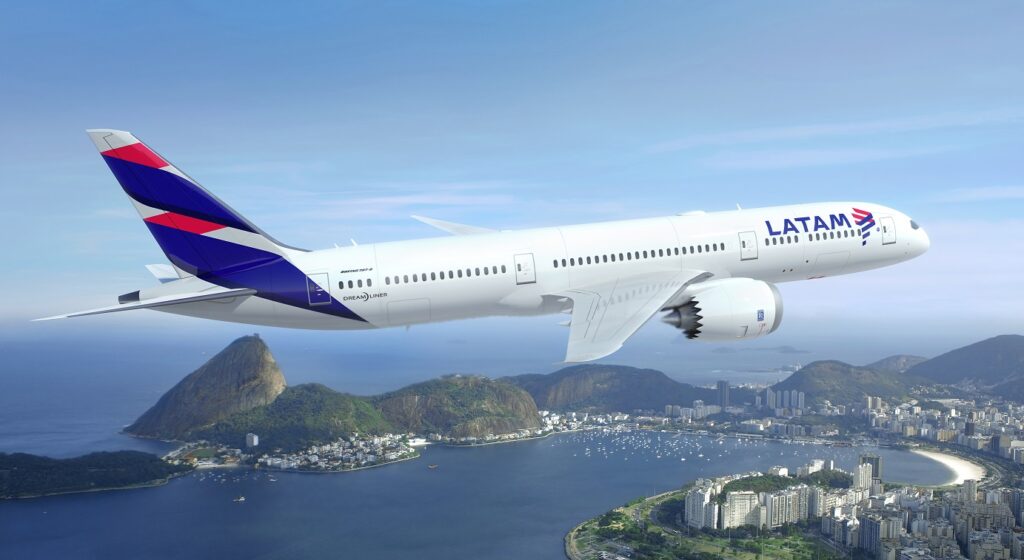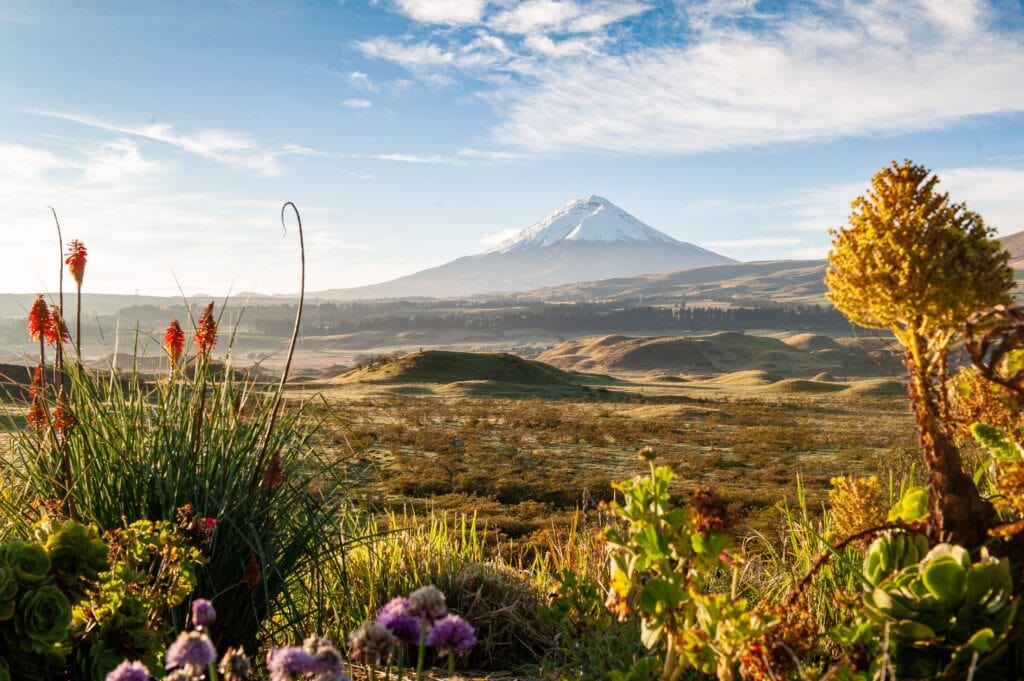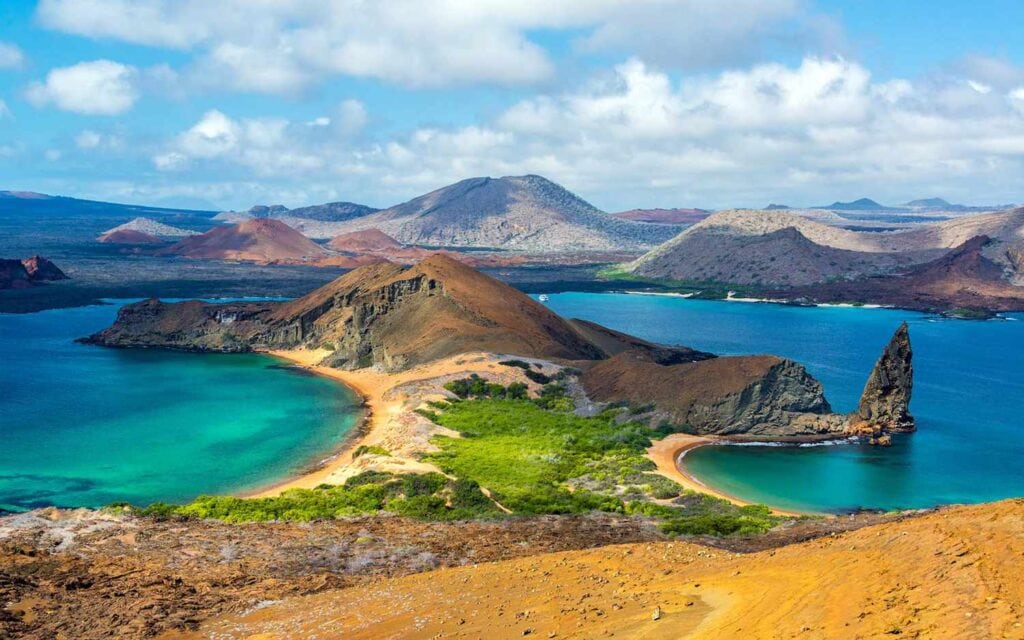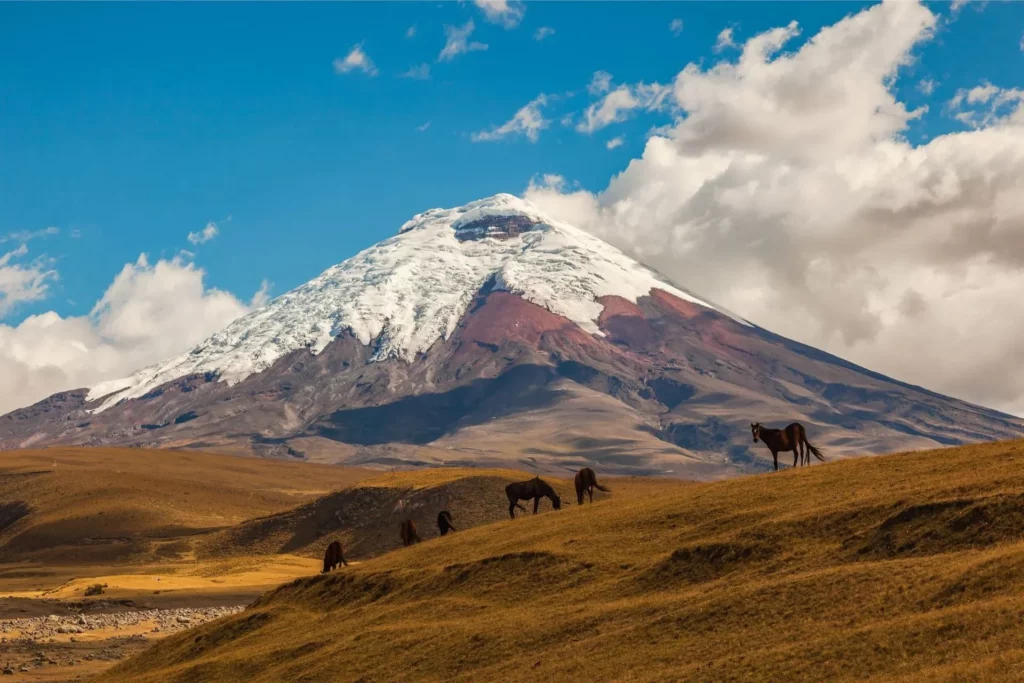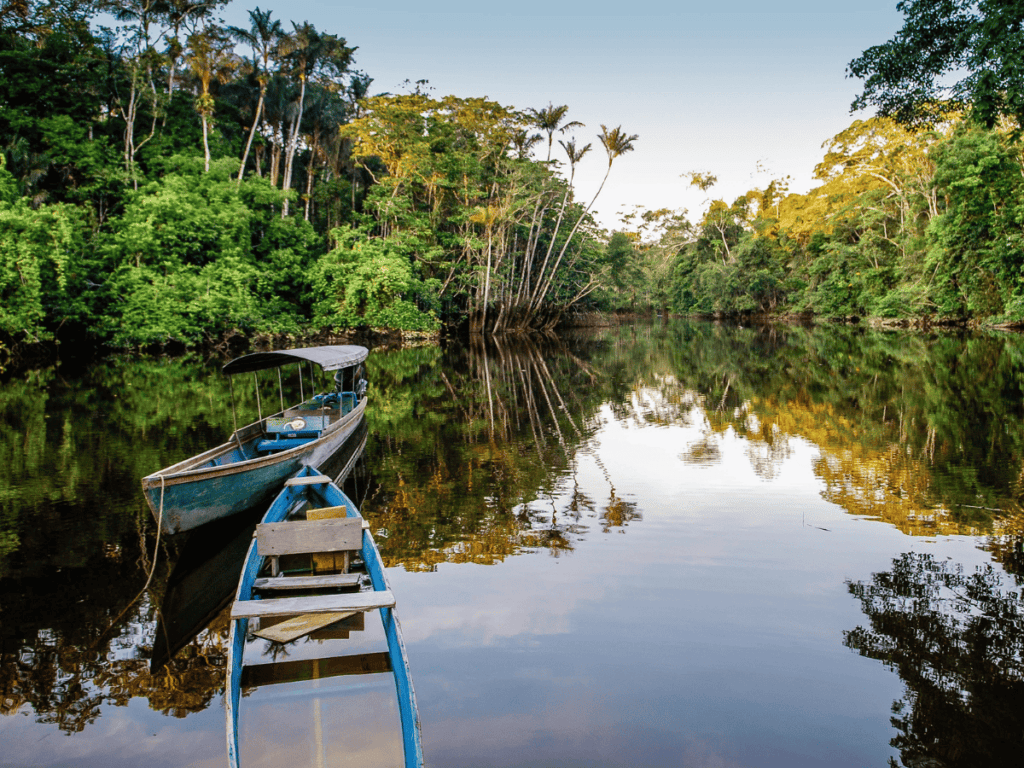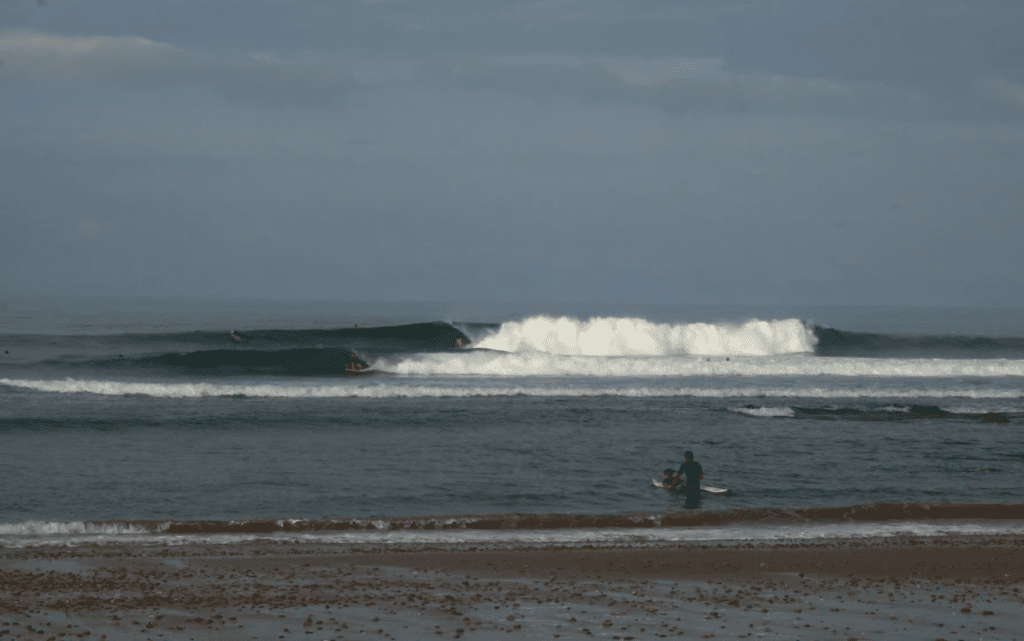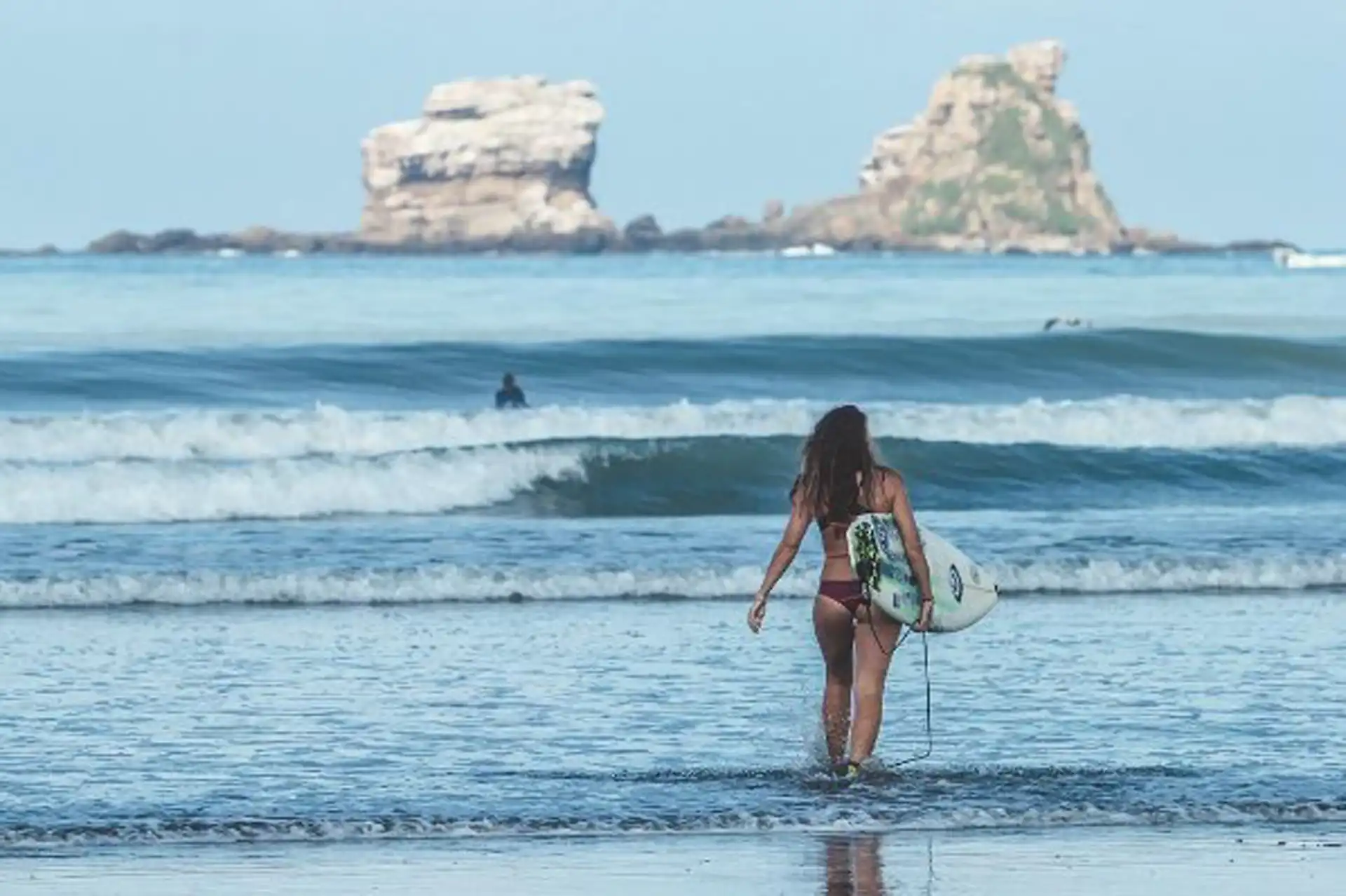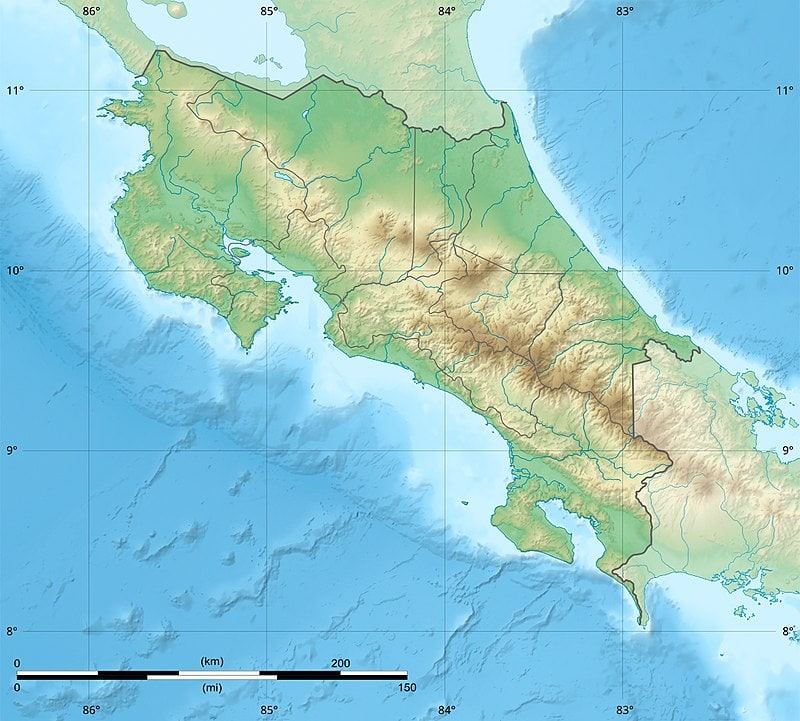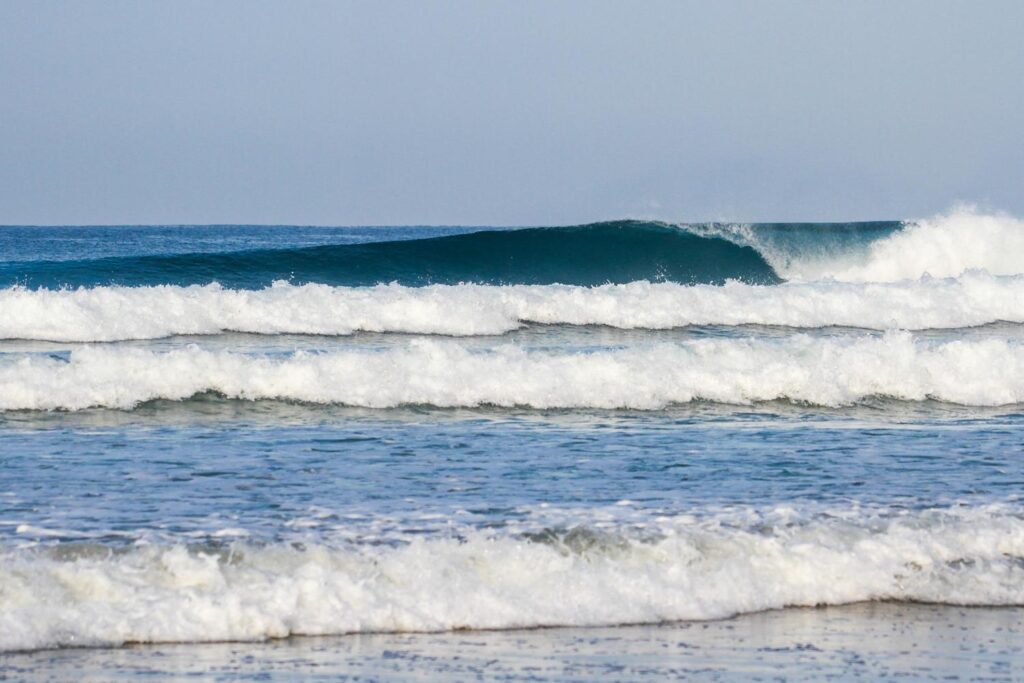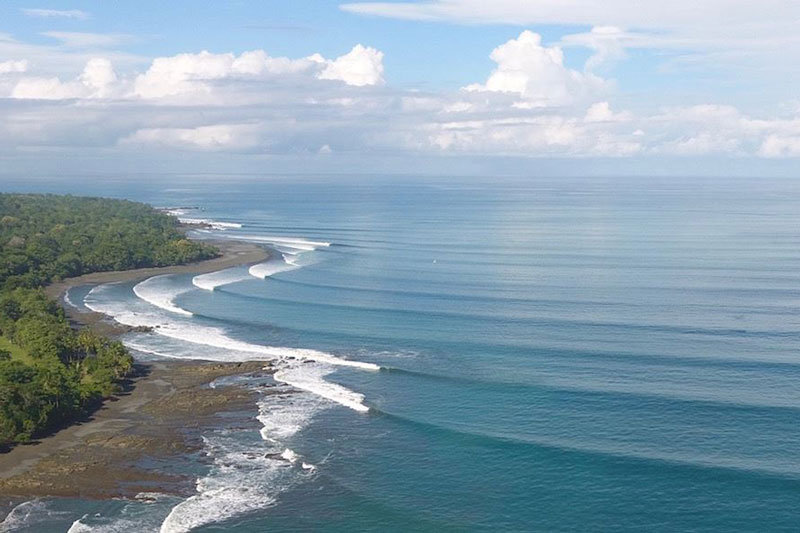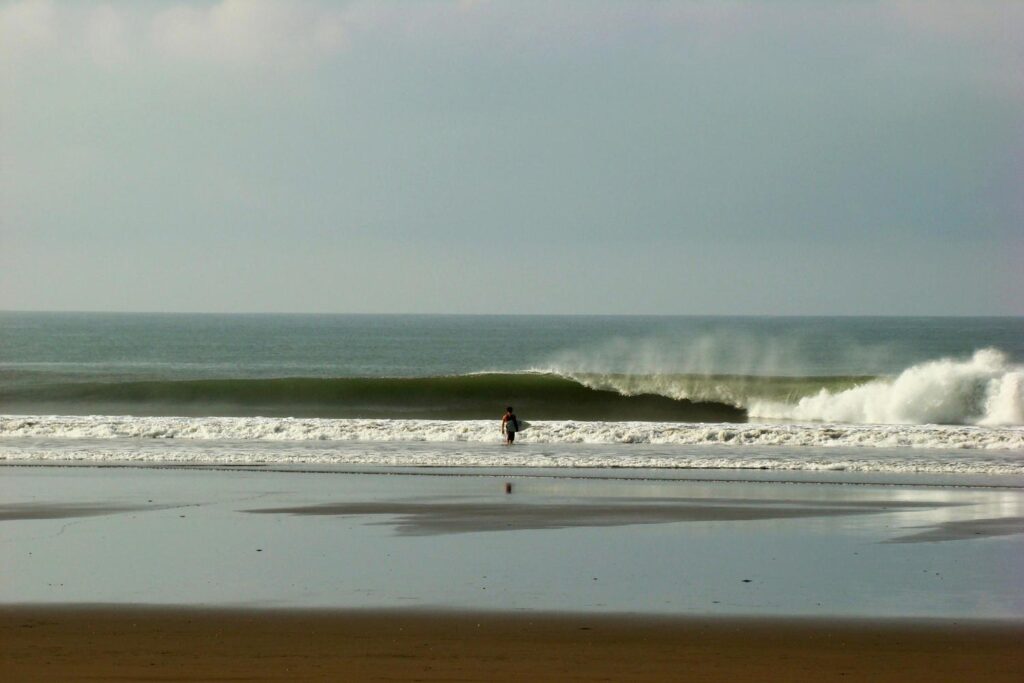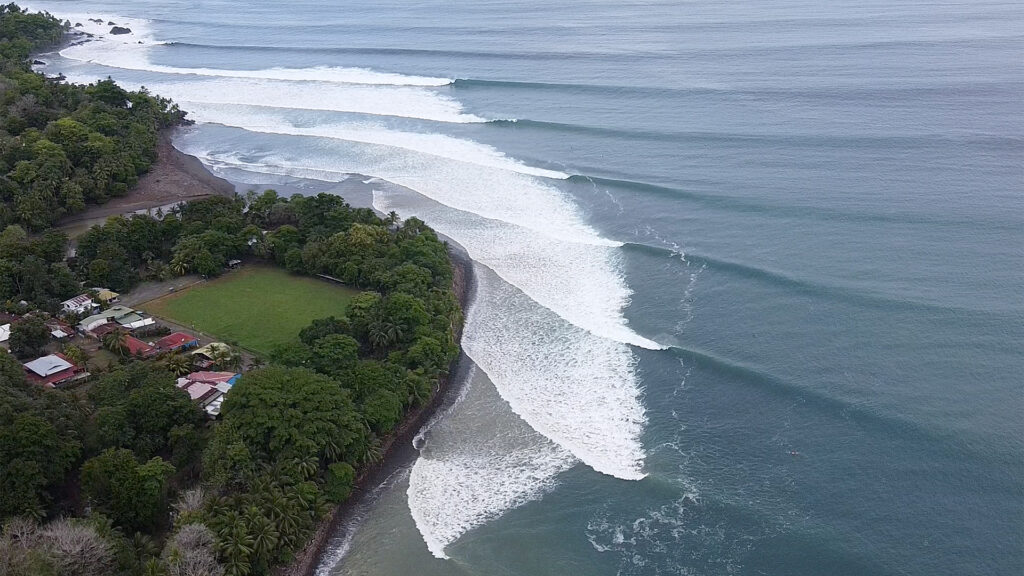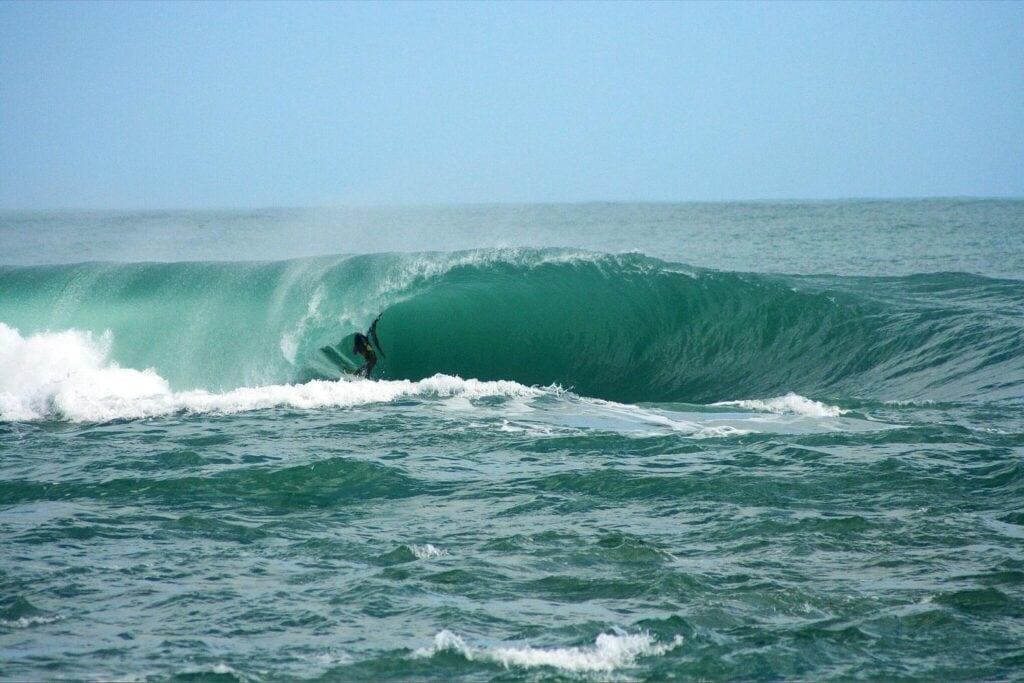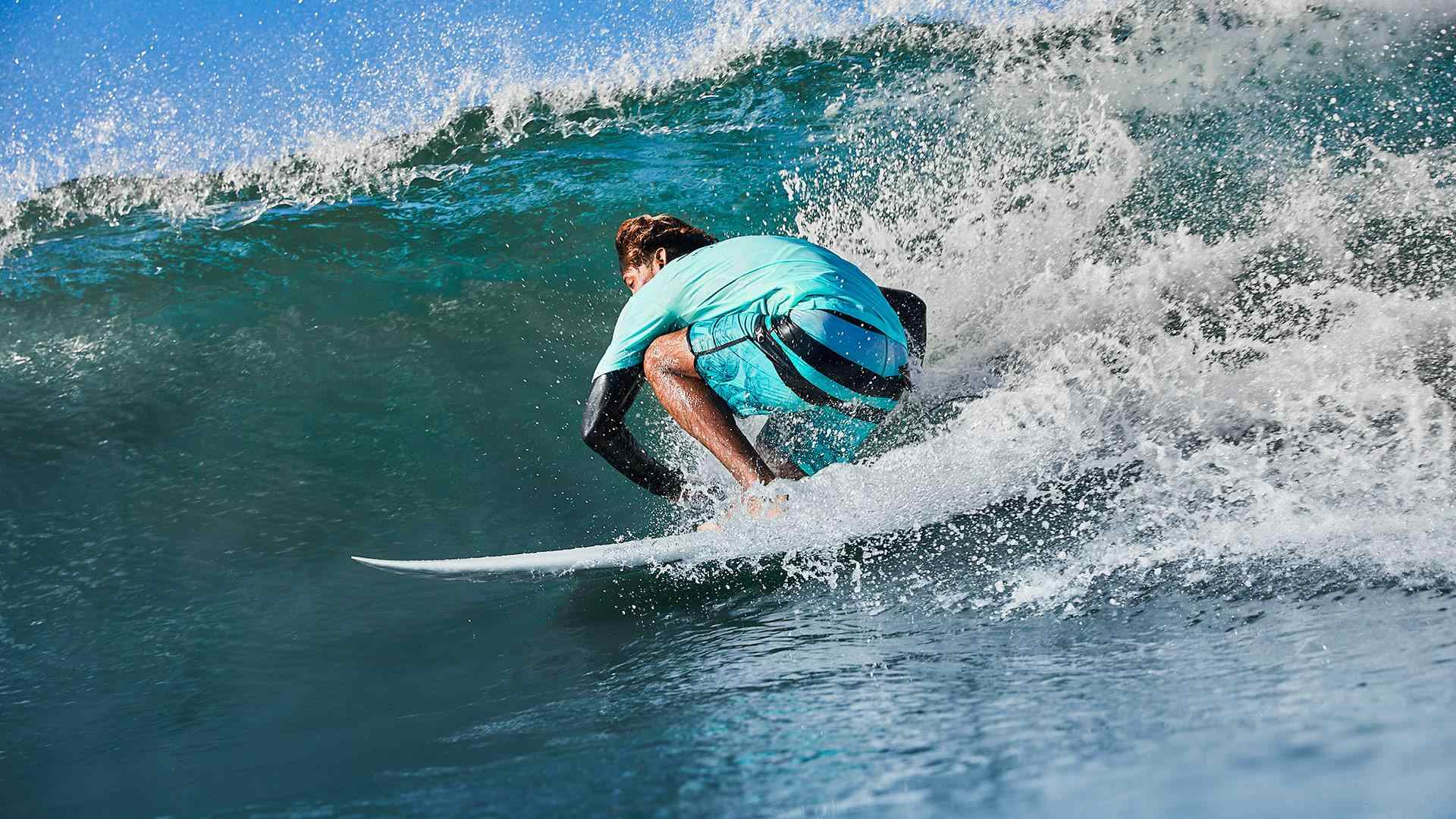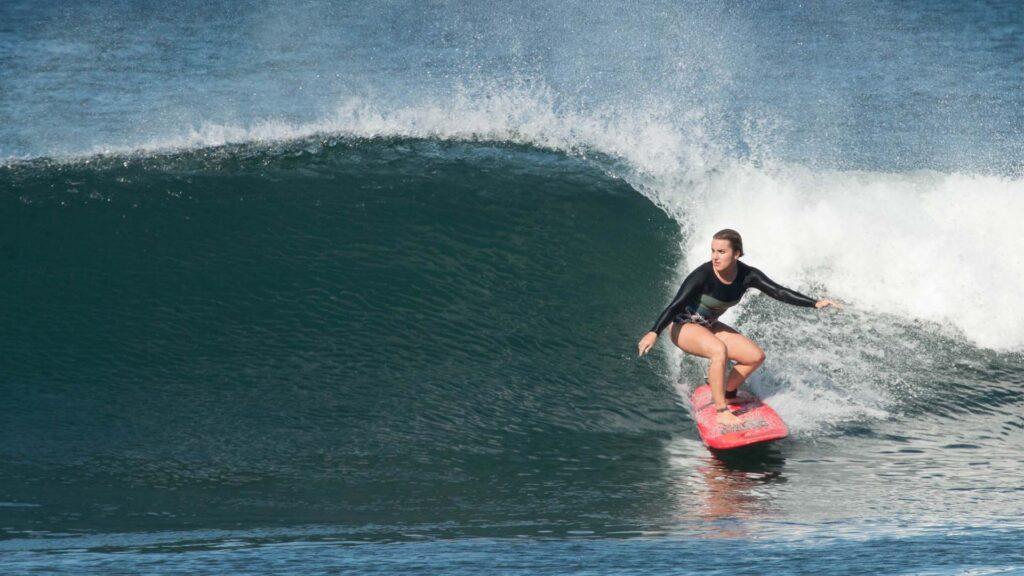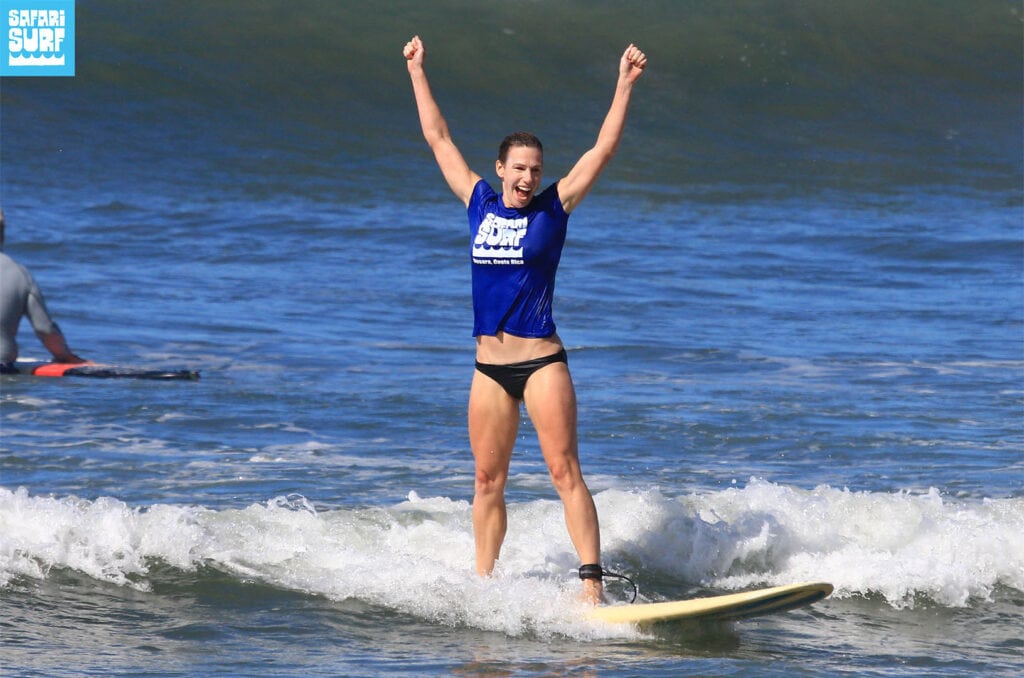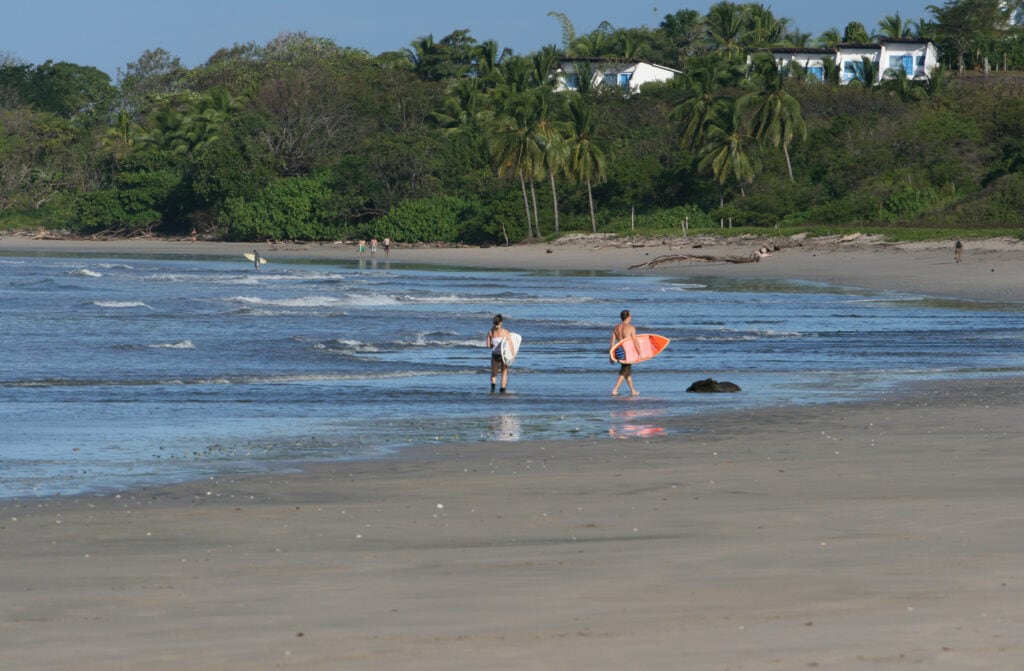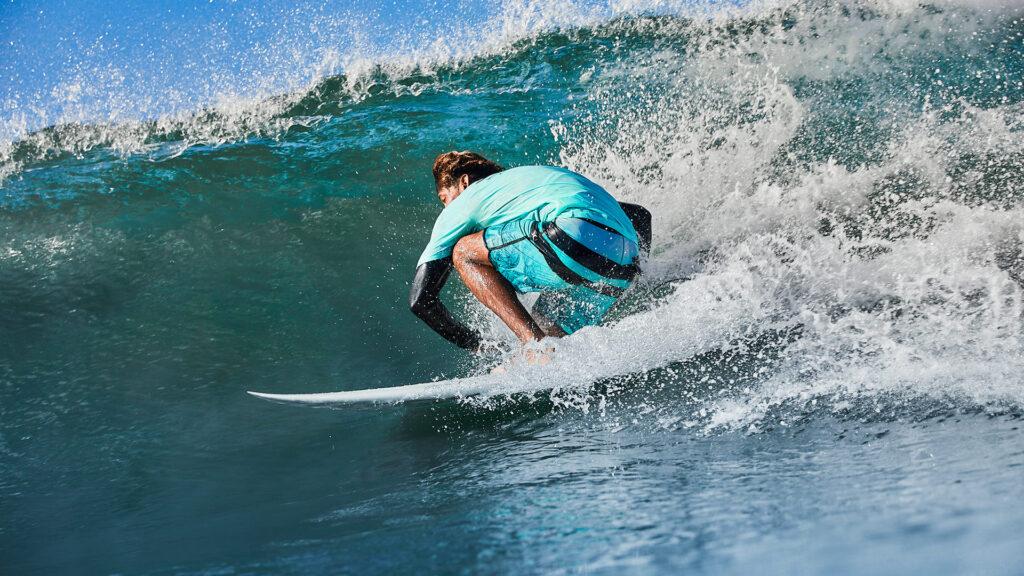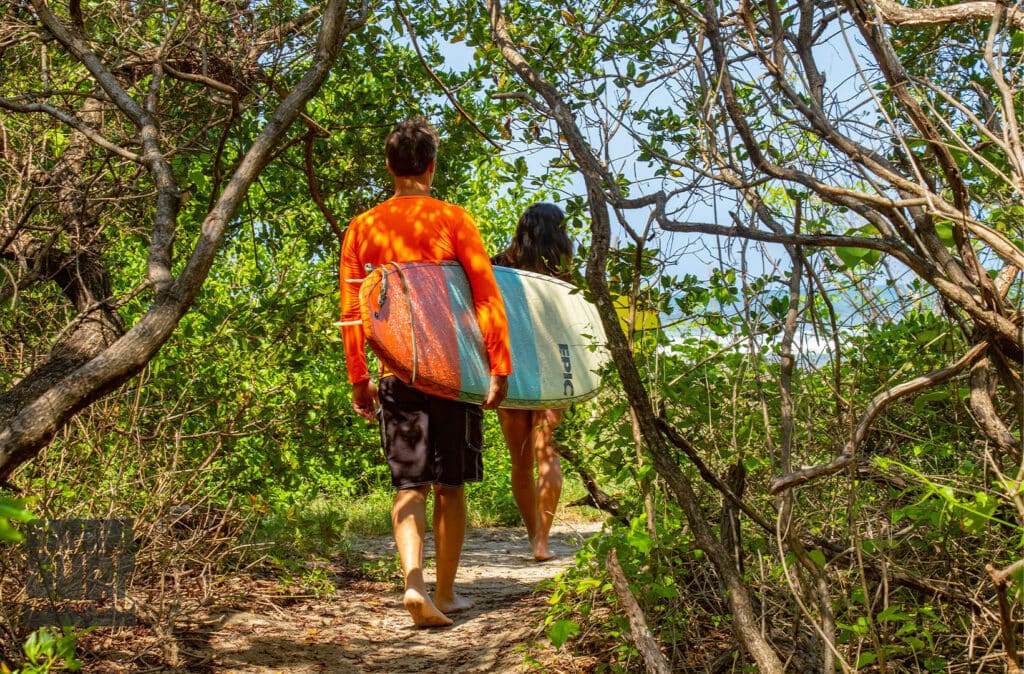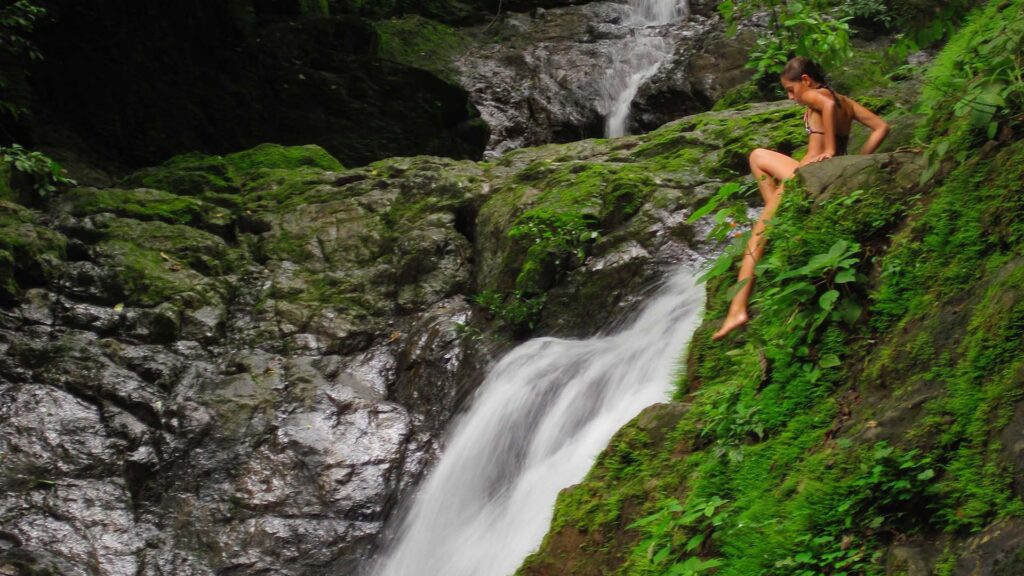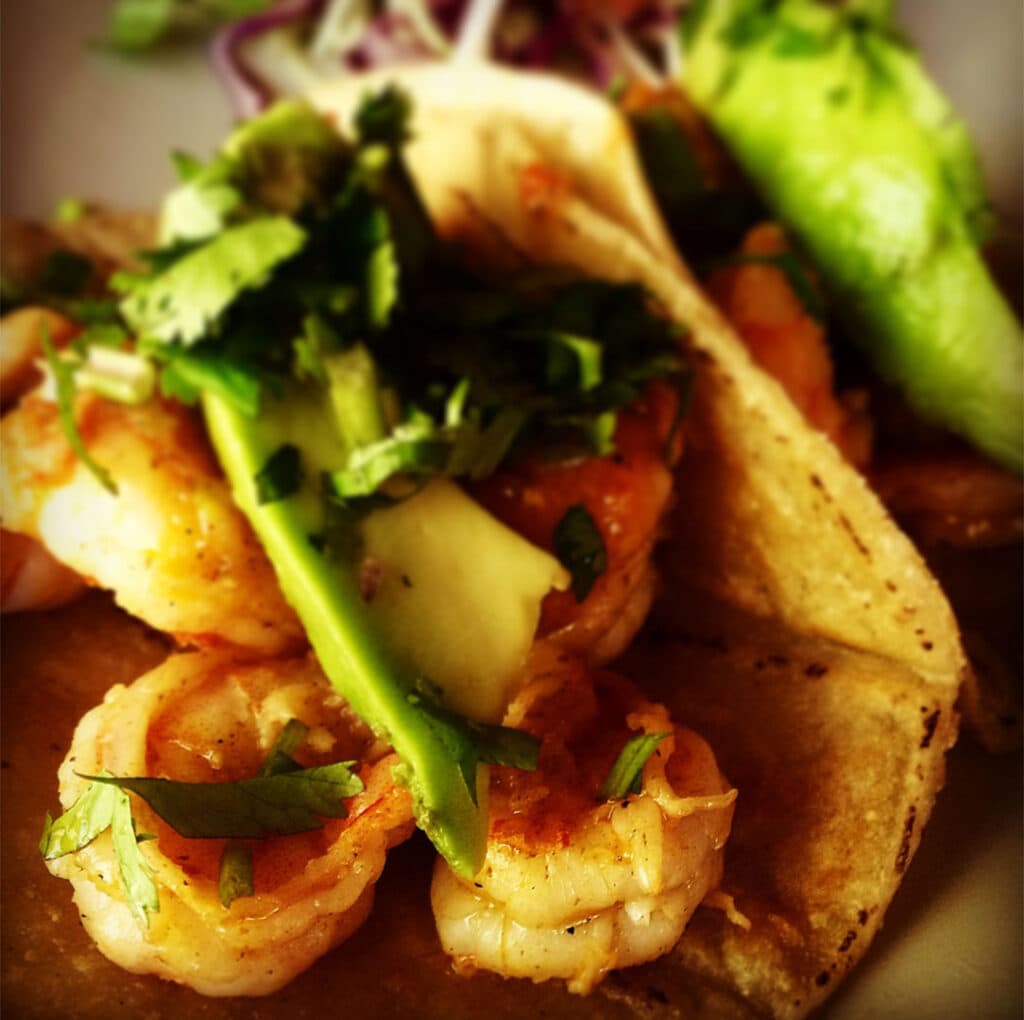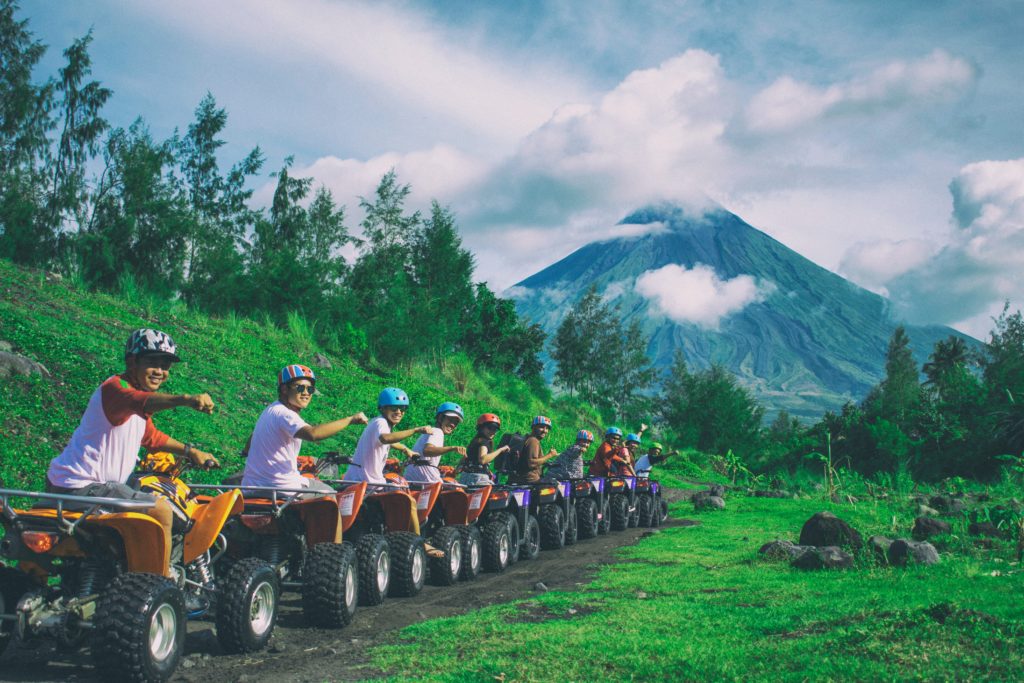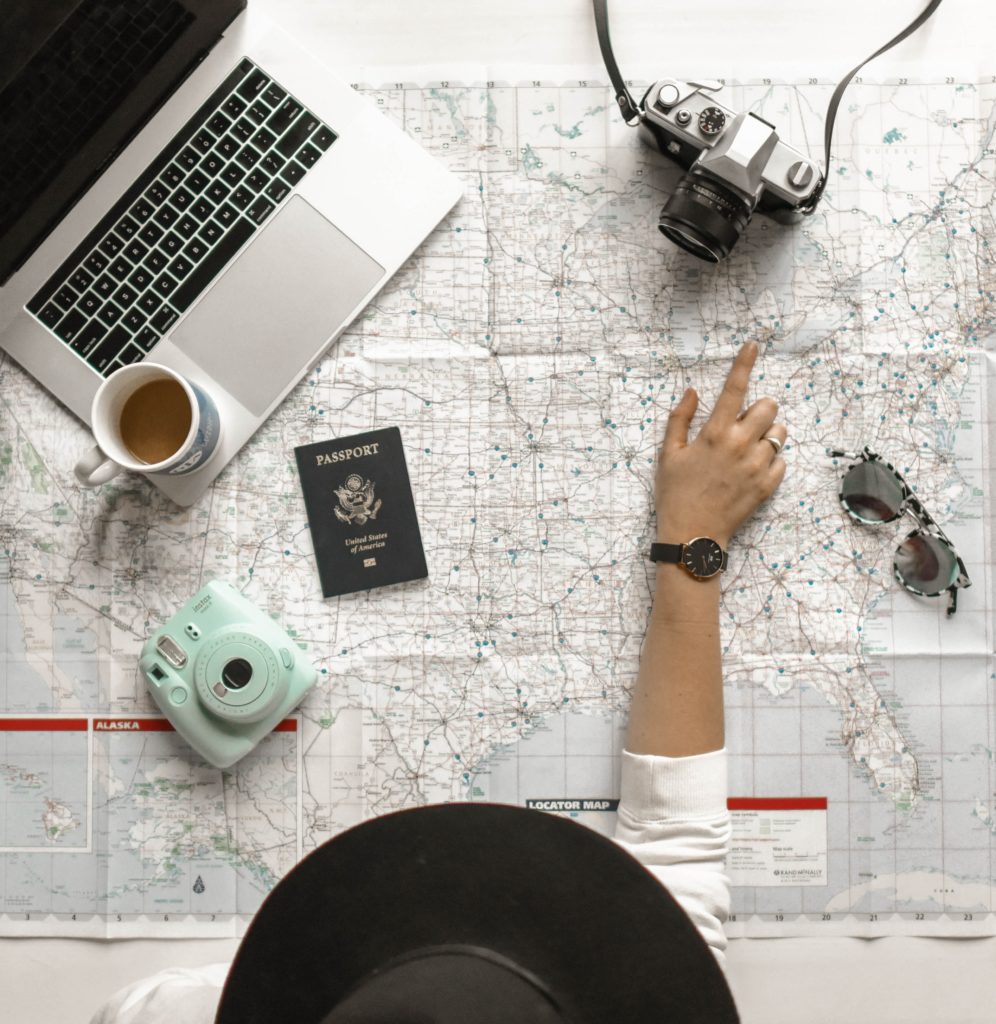If you’ve visited our Costa Rica surf school recently, it may be impossible to imagine a time when surfing wasn’t part of Costa Rica’s culture. Surfing and the Pura Vida lifestyle go hand in hand. Every flight to Costa Rica is full of surfers and lugging board bags through the airport, but that was not always the case. Surfing, while an ancient sport, was only popularized in the US in the forties and fifties and reached the shores of Costa Rica in the sixties. Today, surfing is ingrained in daily life here in Nosara, and we wouldn’t have it any other way. Continue reading below for The History of Surfing in Costa Rica.
The Beginning
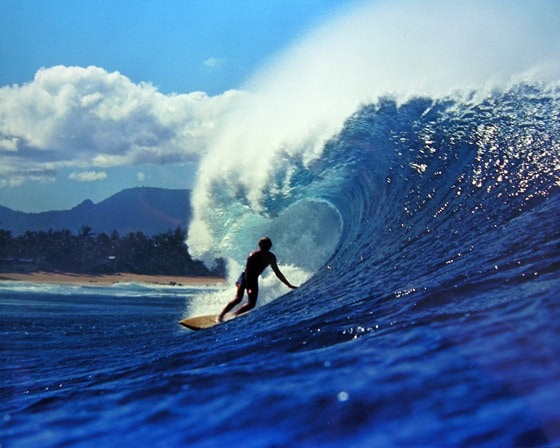
Surfing in Costa Rica has a relatively recent history compared to other surf destinations like Hawaii and California. The sport began to gain popularity in Costa Rica during the 1960s and 1970s when adventurous surfers from the United States started exploring Central America in search of uncharted waves. At a time when the country’s coast lacked any real infrastructure, a surf trip to Costa Rica was a true adventure.
The 1960s: Discovery and Exploration

American surfers were fed up with the growing crowds at their home breaks in California and Hawaii and began to search for new, untouched waves in Costa Rica. Costa Rica’s warm waters and consistent swell were a welcome sight. These travelers eventually left surfboards in the country, which allowed a local surf community to flourish.
The 1970s: The Surfing Community Takes Root
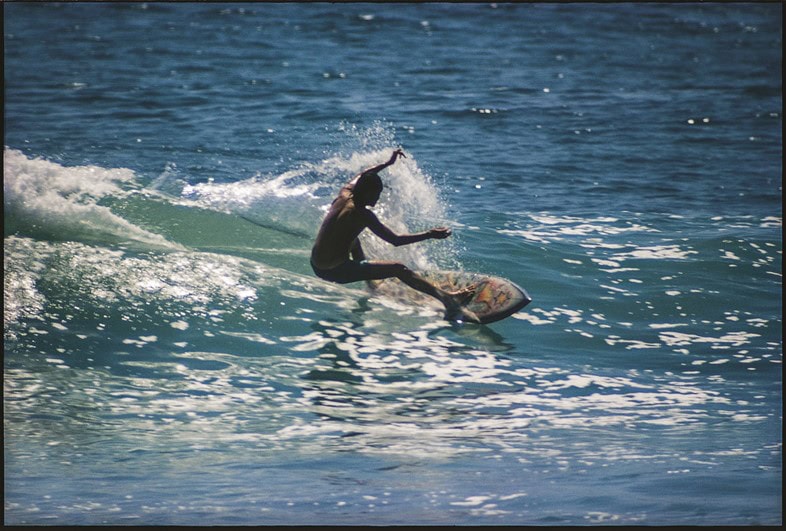
During the 1970s, more surfers from around the world continued to explore Costa Rica’s coastlines. They discovered now-famous surf towns like Jaco, Tamarindo, and Pavones. While local participation was still limited, these areas gained popularity among international surfers for their consistent swell, remoteness, and stunning natural beauty.
The 1980s: Surfing in Costa Rica Continues to Grow
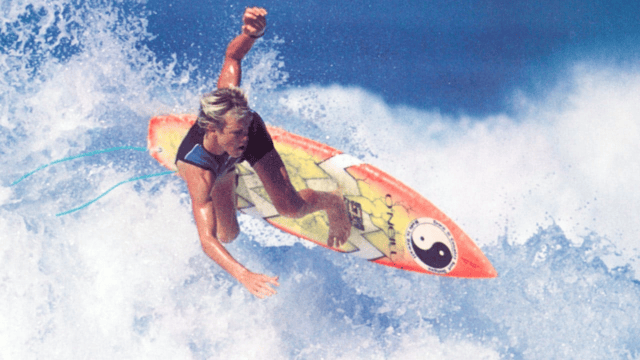
By the 1980s, Costa Rica had developed basic surfing infrastructure. Small coastal towns began to host traveling surfers regularly. Hotels and even surf shops began to open, and surf tourism contributed to the local economy for the first time. Costa Rica’s consistent waves and relatively uncrowded beaches started to attract international surfers. Articles and features in surf magazines brought further attention to the region.
The 1990s: Surfing Boom
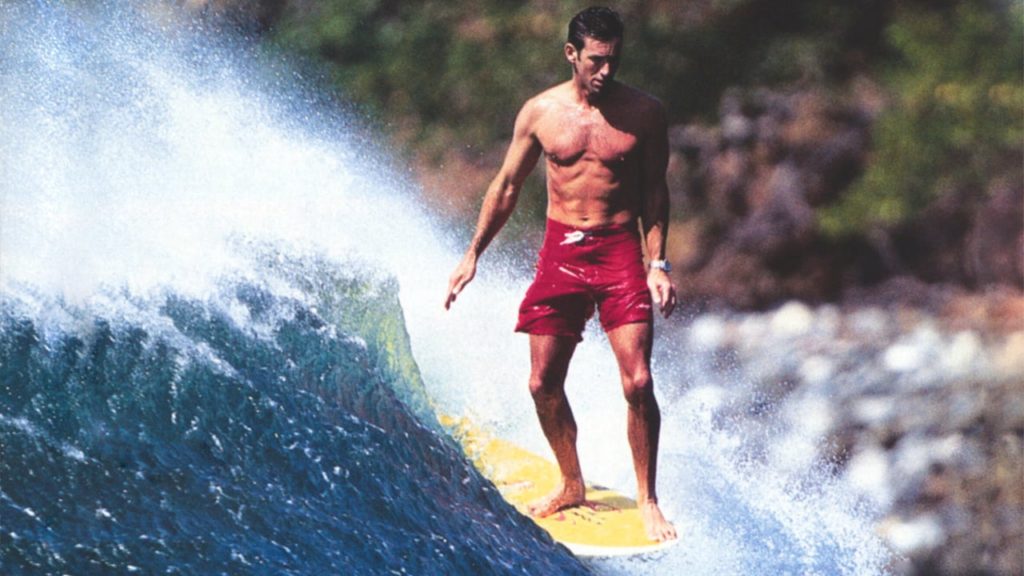
In 1991, the now-celebrated surf film Endless Summer II showcased many of Guanacaste’s near-perfect waves, including Witch’s Rock and Ollie’s Point. The movie cemented Costa Rica as one of the world’s premier surf destinations. Shortly after, the country experienced a boom in surf tourism, and surf schools and camps began to emerge.
2000s to Present: A Surfing Mecca
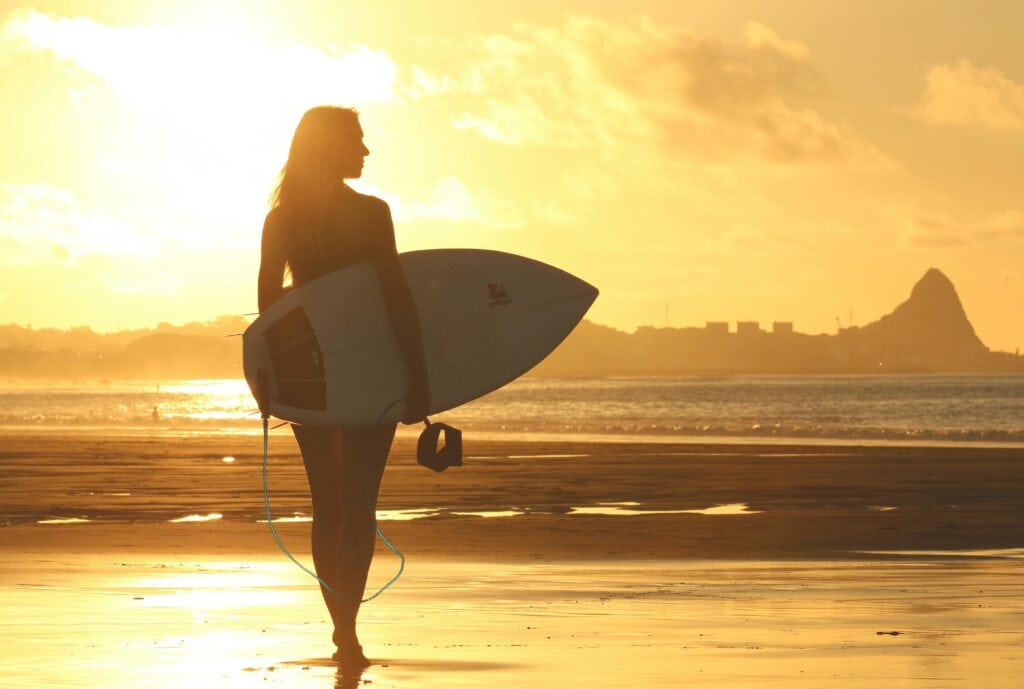
Costa Rica has become a model for sustainable surf tourism, and Nosara is leading the charge. Efforts to protect the environment and preserve the natural beauty of surf spots have been crucial. Today, Costa Rica is recognized globally as one of the top surfing destinations. Its consistent waves, warm waters, and welcoming culture attract surfers of all levels year-round. The surf culture in Costa Rica is now a blend of local and international influences, with a strong emphasis on community and environmental stewardship.
Nosara has developed as one of Costa Rica’s top destinations for surfers of all levels. Whether you’re an experienced charger or a first-time surfer looking for a new passion, a trip to Safari Surf School offers the perfect opportunity to hone your skills, enjoy consistent waves, and immerse yourself in the Pura Vida lifestyle.

